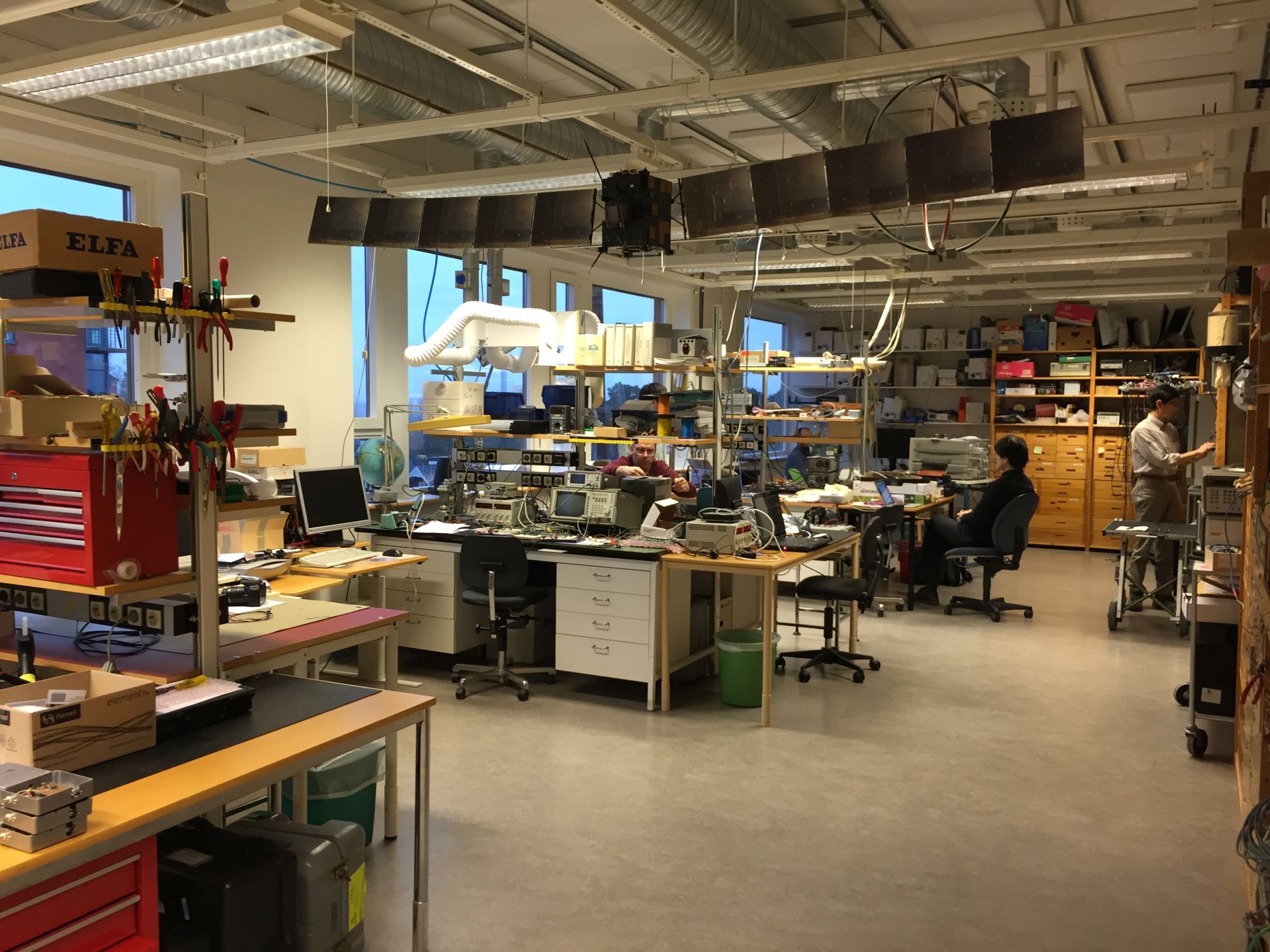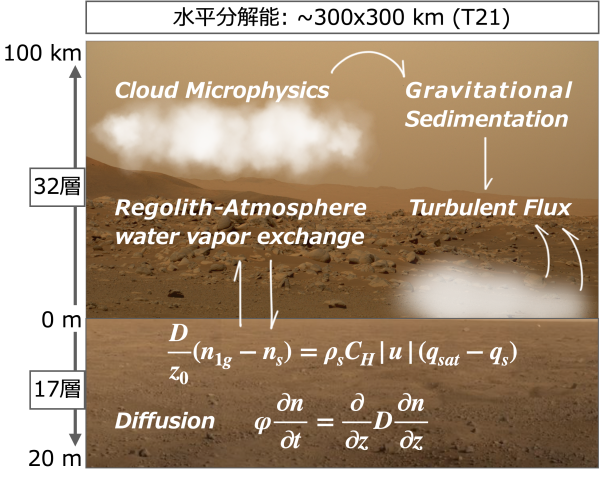IR heterodyne spectroscopy

The laser heterodyne spectroscopy is the most sensitive and highest resolution spectroscopy (1E7-8) in the middle infrared region, and has been expected to be a powerful method for atmospheric studies. Fully resolved molecular features provided by applying heterodyne techniques are possible allowing retrieval of many physical parameters from single lines. Our group in Tohoku University has developed since 1985, and the terrestrial minor constituents and their vertical profiles have been investigated. From 2009, our infrared laser heterodyne spectroscopy has been developed with quantum cascade lasers (QCLs) which offer sufficient optical output power of several to hundreds milliwatts to guarantee an efficient heterodyne process and high system sensitivity for planetary study. This instrument will be onboard the dedicated PLANETS telescope and Tohoku-60cm (T60) telescope at the top of Mt. Haleakala, Hawaii, in order to perform continuous monitoring of planetary atmospheres. Our equipment and T60 has been successfully moved to the summit on August 2014, thanks to the great collaboration with University of Hawaii (Jeff Kuhn, Joe Ritter, and their colleagues). T60 itself has been carefully setup by an excellent works of Mitaka-Koki. Our heterodyne is also almost ready to go. Thanks to many people, we are just in front of the first light of T60 and heterodyne instrument. (August 28 2014, Hiromu Nakagawa)





